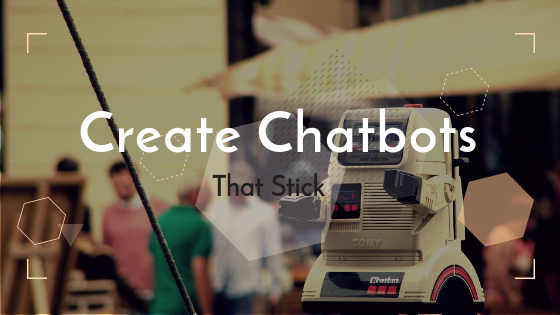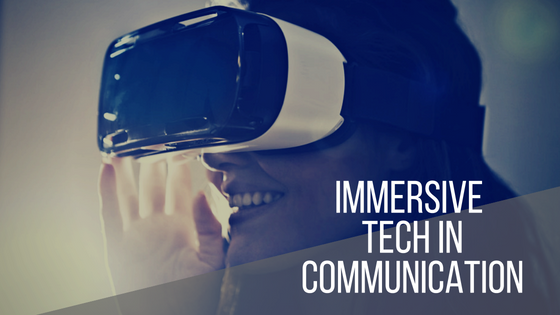5 Steps to Create Chatbots that Stick
Chabots have taken the business communication to another level. Now it is possible for us to mimic human communication in machines just by using some

Artificial intelligence has found its way into many industries and functions. With rapid advancements in machine learning, natural language processing, and natural language understanding we are now able to make machines contextually aware and intelligent. Rolling back a decade all of these were theoretical terms with next to nothing practical applications. Fast forward to today you can find this tech taking our algorithms to the next level of smartness.
Among all the applications of artificial intelligence, Chatbots standout as the most prominent one. Today chatbots have become yet another mandatory touchpoint that business needs to cater to. With as much as 57% of consumers taking interest in chatbots for their instantaneity, having a bot is not an option.
But deciding to have a bot is just a step to a bigger picture. What about defining its purpose, managing exceptions, making it intelligent, and handling development glitches? Adding to these overwhelming concerns is the method of bot communication. Whether it will be a flow-based or intent based bot. These are two choices you have when deciding the way your bot will communicate with the user. In this blog, we will explore both intent and flow based architecture and help you make the right choice.
Interested in chatbots? Catch the latest trends and developments from our free eBook:
An intent-based communication means that the bot will understand the user queries by combining two inputs - state and context. State refers to taking account of the chat history while context refers to analyzing inputs from external data points. For instance, if a user says, “Book a Dr.’s appointment” the bot can take contextual information like location and state information like chat history regarding possible disease conditions to suggest appropriate doctors.
Intent-based bots solve user queries on a one to one basis. With each answered query it adapts to the user behavior. The level of intelligence increases as these bots receive more data. Popular examples of intent-based bots are Google Assistant, Siri, Amazon Alexa etc.
Read More: 5 Reasons to Choose Chatbots for Business
A flow-based bot focuses on solving user queries in a way that it moves them gradually to a solution. The flow is clearly defined keeping in mind the possible user concerns. For instance, a flow based bot of a cloth retailer would move like this:
This is a very systematic approach to bot development as it requires minimal development efforts and is easier to form. Majority of eCommerce chatbots are flow-based like H&M Bot, Wholesome Bot, etc. If the flow is very small and basic then you can even opt for a no code option.
Read More: 5 Simple Rules to Create Addictive Chatbots
Intent-Based Chatbot |
Flow-Based Bot |
| In intent based the bot finds entities (keywords) to retrieve the required information from the user’s message. |
A flow-based bot follows a sequence of messages and gives little or no importance to manually entered text. |
| It analyzes the context to identify the next intent. |
It guides users through a predefined flow. |
| Chat is smart provided the right state and context are available. |
It can be boring if the flow pattern is very narrow. |
With advancements in machine learning, it is now possible to combine the best of both. We can now create AI chatbots that help users move through a flow while still giving due importance to their individual queries. Creating an intelligent flow based bot requires a considerable investment in terms of time and capital but it pays off well. You aim for maximum conversions while giving them the needed importance to personalization and user experience.
We at NewGenApps have worked on many chatbots and have our POC ready for different industries. Our experienced technical team can easily give shape to your dream project at the right time. Get in touch today for a consultation or POC.

Chabots have taken the business communication to another level. Now it is possible for us to mimic human communication in machines just by using some

In the last decade, digital communication has changed in a way no one has ever imagined. From a small keypad pad to the flap mobiles, now we are...